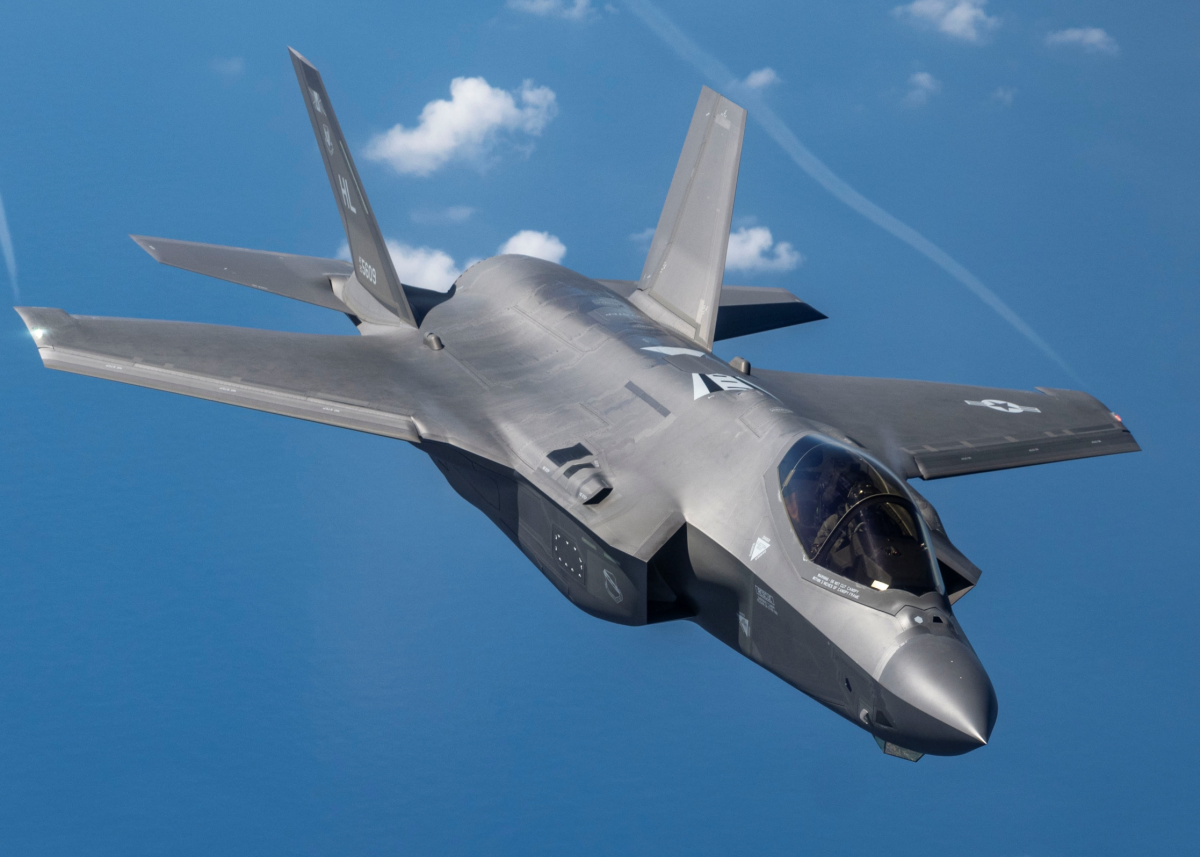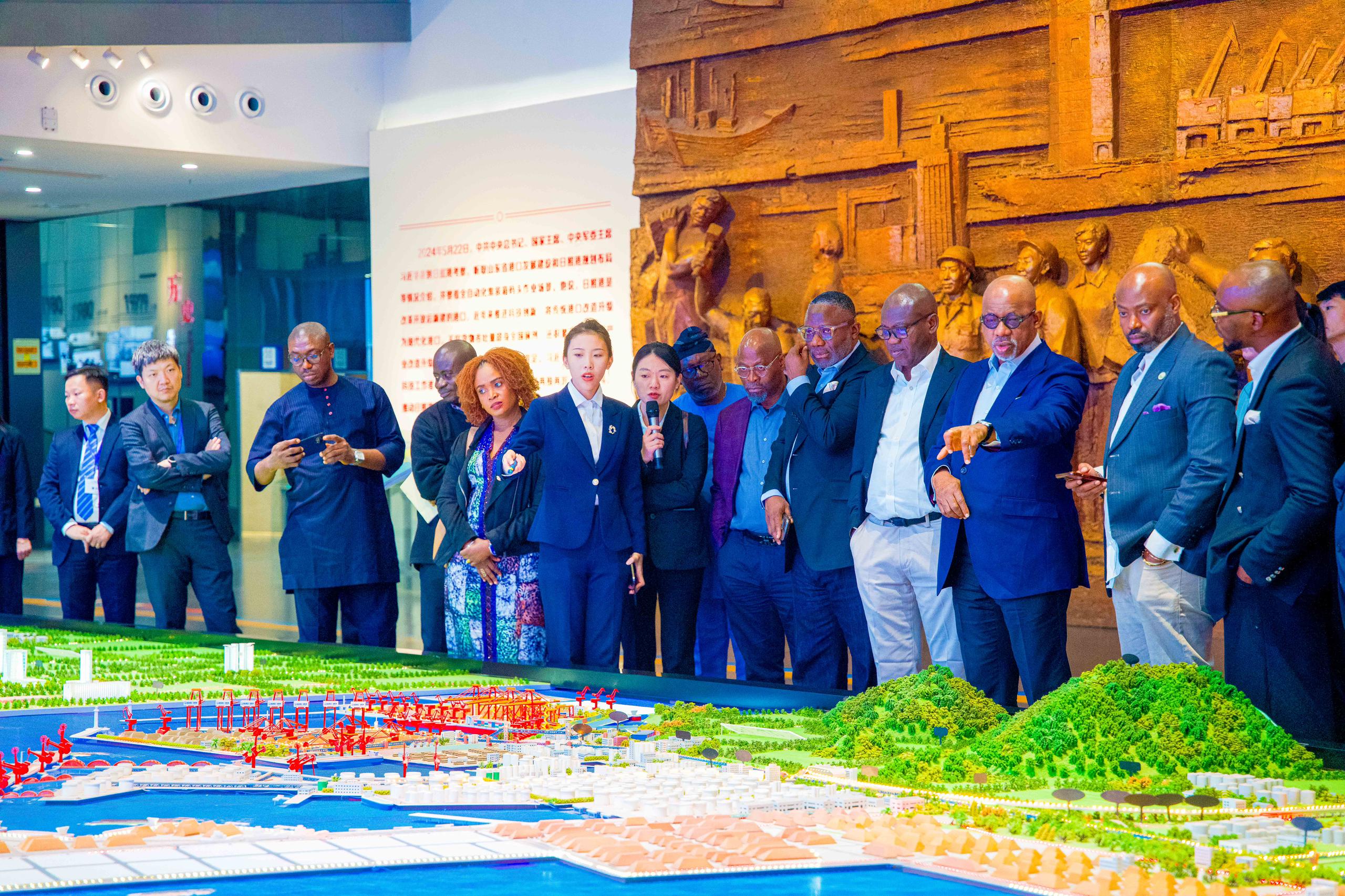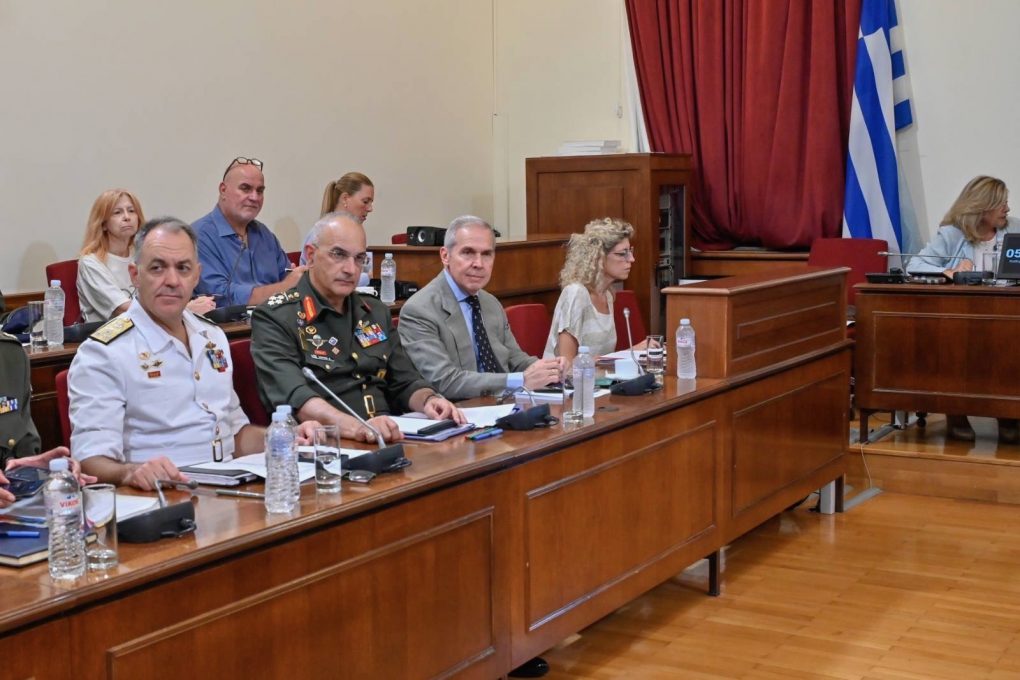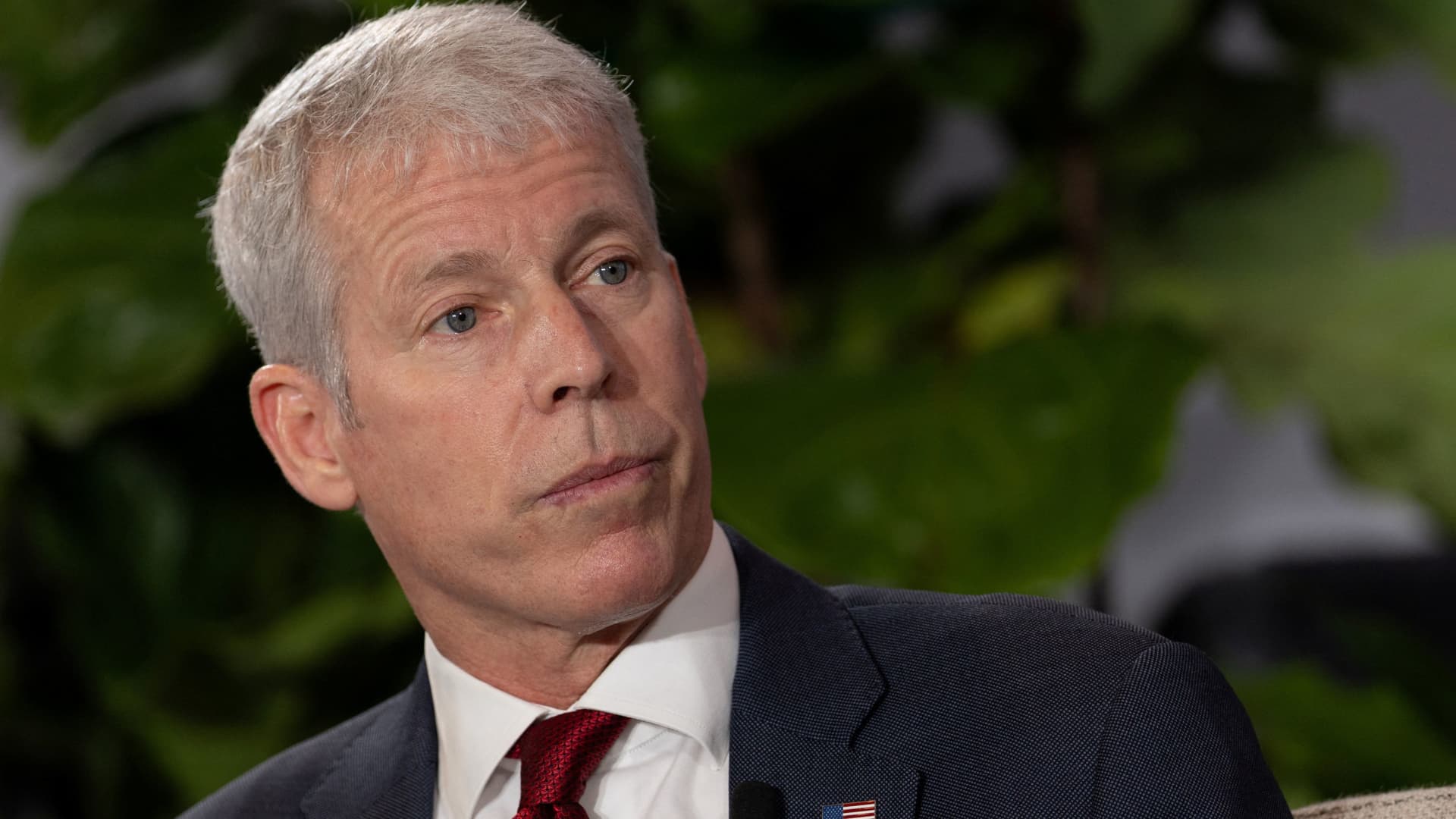
The United States has begun a trilateral air force war game with Japan and Australia, using F-35A stealth fighter aircraft amid growing threats from regional adversaries.
Newsweek has emailed the Russian and Chinese foreign ministries for comment. North Korea’s embassy in Beijing did not immediately respond to a request for comment.
Why It Matters
Australia and Japan have acquired F-35A jets from the U.S., while the Pentagon has stationed all three F-35 variants—A, B and C—across the Japanese archipelago as part of forward-deployed U.S. forces to defend the ally.
The F-35 aircraft comes in three variants: the A model operates from conventional runways; the B model is designed for short takeoffs and vertical landings from ships without full-length flight decks; and the C model is built for aircraft carrier operations.
The presence of U.S.-made stealth jets across the western Pacific comes as China continues its rapid military buildup, while North Korea refuses to abandon its nuclear weapons and Russia engages in military activity in the region.
What To Know
Exercise Bushido Guardian 25 commenced on Monday at Misawa Air Base in Japan, involving approximately 25 aircraft, including F-35A jets, and 750 personnel from the U.S. Air Force, the Japan Air Self-Defense Force and the Royal Australian Air Force.
The exercise, scheduled to conclude on October 10, was previously a bilateral war game between the Japanese and Australian air forces. This year marks the first time it has expanded to include the U.S. to enhance cooperation among the three countries.
The U.S. Air Force said the exercise provided realistic combat training scenarios and focused on the critical integration of F-35 fifth-generation fighter capabilities, ensuring personnel are prepared to operate seamlessly in a complex, multi-domain environment.
Australian Wing Commander Mark Biele, commanding officer of the No. 3 Squadron, described defense cooperation among the three countries as “an important pillar” of regional security that supports a stable, secure and prosperous Indo-Pacific region.
Prior to Exercise Bushido Guardian 25, the U.S., Japanese and Australian air forces held another trilateral drill over the East China Sea on Friday, involving F-15 and F-35A jets and aerial refueling aircraft.
The Japan Air Self-Defense Force said the drill reaffirmed the three nations’ intention not to tolerate unilateral changes to the status quo by force amid an “increasingly severe” security environment, while strengthening cooperation to enhance deterrence.
What People Are Saying
U.S. Air Force Colonel Paul Davidson, commander of the 35th Fighter Wing, said in a press release on Monday: “This trilateral exercise is more than just flying sorties; it’s about forging stronger bonds, sharing expertise and refining our combined tactics. By working together, we enhance interoperability, improve our collective readiness and demonstrate our unwavering commitment to a free and open Indo-Pacific.”
The Japan Air Self-Defense Force said in a press release on Tuesday: “[The Japan Air Self-Defense Force] will continue to enhance interoperability through Japan-U.S.-Australia trilateral trainings, while working closely with the U.S. Air Force and Royal Australian Air Force to contribute to peace and stability in the Indo-Pacific region.”
Royal Australian Air Force Wing Commander Mark Biele said in a press release on Monday: “Interoperability is key. We are excited to take to the sky with aircraft from Japan and the United States, sharing experience and strengthening aviator to aviator relationships between our nations.”
What Happens Next
It remains to be seen whether the U.S. will conduct a stealth jet exercise with South Korea, which also operates F-35A aircraft, amid North Korea’s nuclear threat.



